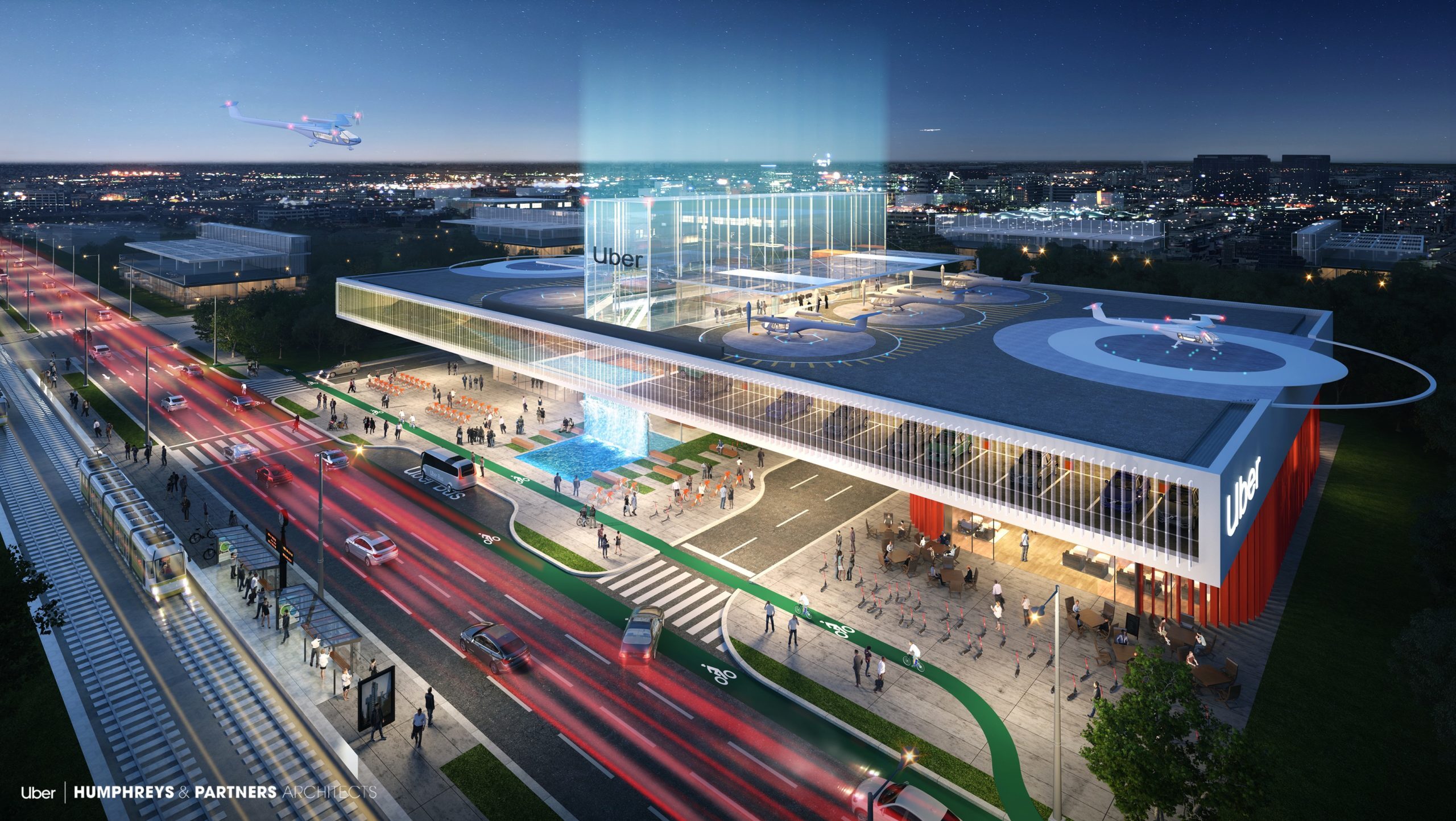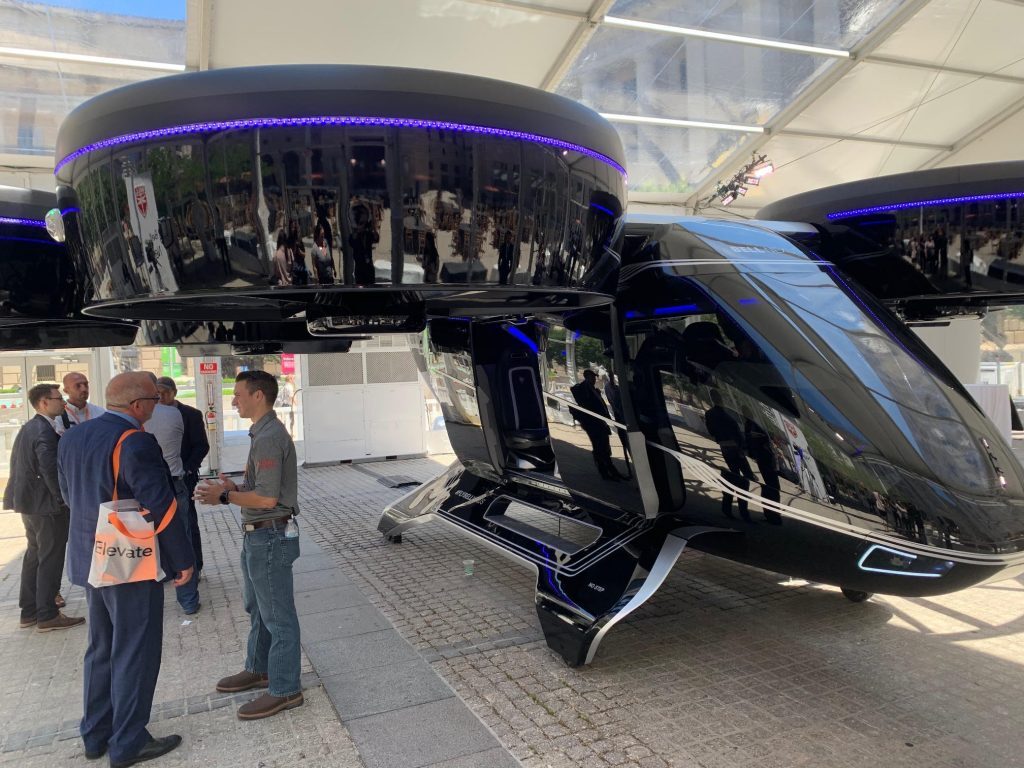Despite all the advances of technology and transportation, what hasn’t transformed is the amount of time it takes the average person to get to work, says Dara Khosrowshahi, the CEO of Uber.
Access to a city’s centre is a greater success factor than education, he told the Uber Elevate conference in Washington last week. “It is the key to success in society.”
He argues that society has failed to open access to the right kind of transport. “Mobility is unfairly weighted to people who can afford to live in city centres or people who can afford to buy a car.”
It’s an argument that South Africans who grew up with the spatial prejudices of Apartheid can easily understand.
“How do you reinvent the city of the future that are fundamentally green and built for people and not cars – while still transporting everyone around?” he asked before sketching out the grand vision that Uber has for these future cities.
Calling it “urban air mobility” Uber foresees a world where cities are filled with greenery and pedestrian walkways instead of streets for cars. Its vision includes air taxis that will ultimately be autonomous and controlled by a cloud service, called with the same ease as traditional cars currently are. And, they expect it will all be cheaper than owning a car.
These science fiction-like aero taxis will be electric, green, quiet and safe, Uber insists. They be supplemented by electric scooters and e-bikes. Uber Eats – the fast-growing food delivery service – will deliver piping hot food in eight minutes in a futuristic-looking drone.
 I buy into the vision, as I told Khosrowshahi after his conference-closing keynote speech, but I am sceptical about the poor drivers. Innumerable legal disputes are pending about their classification as “partners” instead of “employees”. A legal redefinition as such would drastically increase costs and tip the loss-making Uber – and its smaller rival Lyft – into deeper losses.
I buy into the vision, as I told Khosrowshahi after his conference-closing keynote speech, but I am sceptical about the poor drivers. Innumerable legal disputes are pending about their classification as “partners” instead of “employees”. A legal redefinition as such would drastically increase costs and tip the loss-making Uber – and its smaller rival Lyft – into deeper losses.
That is the challenge for the well-respected Khosrowshahi, who took the company public last month. What was once the world’s most valuable startup warned when it listed that it “may not achieve profitability”.
Last week it proudly announced it had done 15-billion total trips. Its Elevate division is piloting projects in Los Angeles, Dallas and Melbourne, hoping to have flights running next year for a commercial launch in 2023.
Asked how Uber still doesn’t make money doing 15-million trips a day, how would it succeed with this grand vision, Head of Elevate Eric Allison said: “We’re confident in the way we’ve laid out the economics and the vision for the service.”
“It will take investment to make it possible, we’re going to learn by doing it,” he told the FM. “We feel pretty confident that we have a very viable economic case.”
The technical case made by Mark Moore, Uber’s director of engineering for vehicle systems, is as impressive as Moore himself. He spent 32 years at Nasa working specifically on the kinds of electric vertical take-off and landing (eVTOL) aircraft that Uber hopes to begin flying (but more of this radical new technology in another column). “They’re nothing like helicopters. It’s incredibly impressive,” he told the FM.
Let’s hope Khosrowshahi’s vision of “cities of the future that are fundamentally green and built for people” also include a decent wage for its drivers.
This column first appeared in Financial Mail




